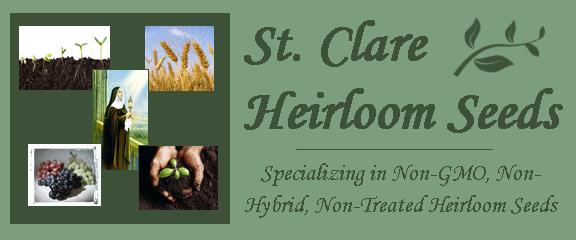Endive Seeds
Scroll down to see seeds for sale!
Endive belongs to the chicory genus, and is sometimes mistakenly called chicory. The two types of endive are Belgian and narrow leaved, also called Curley. Curly endive has heads of lacy dark green outer leaves and curly tips; inside the head is a heart of creamy leaves. The inner leaves are sweeter and delicate tasting, while the outer leaves are more bitter. Endive is usually blanched, which means the outer leaves are tied up a few days before harvest to prevent sunlight, resulting in a whiter and sweeter tasting heart.
Belgian endive has smooth creamy leaves with torpedo shaped heads. It was invented ‘accidently’ when a farmer in Belgium in 1830 left chicory roots in his attic and discovered they had sprouted.
Native to Sicily and the Mediterranean, endive was popular in in Egypt, Rome and Greece as a salad vegetable. It is believed the Curly variety was cultivated from the broad leaved variety of escarole. By 1548 it spread to England, and eventually to the United States, where it first showed up in a seed catalog in 1806.
Endive is important In Jewish culture at Passover as part of the Seder meal, along with other bitter herbs such as horseradish as a reminder of the bitterness of slavery the Israelites experienced before their exodus into Egypt.
Curly endive is loaded with vitamins A, B, C and K, as well as phosphorus, manganese, iron potassium and fiber, although the darker green leaves are more nutritious than the white leaves.
Mostly served raw in salad, endive is also used to add texture and flavor to other greens, and adds zest when sauteed, roasted or steamed with bacon, salmon, garlic, onion, thyme, basil, citrus and other fruit, chickpeas, toasted pecans and robust cheese like brie and gorgonzola. Endive also adds a tasty touch to mashed potatoes or bean or vegetable soup, and can even be blended to make apple Strudel!
Endive loves cooler temperatures, so plant your St. Clare’s Heirloom endive seeds 2-4 weeks before the last frost, or 2-3 months before the expected first frost.
Showing all 4 results
-
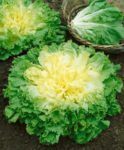
Endive – Batavian Full Heart
$2.49 View ProductAdd to cart(Cichorium endivia) 80 days. Batavian Full Heart Heirloom Open Pollinated Endive has smooth upright broad outer leaves. Batavian Full Heart has center leaves that are curly, bunched, and bleach well.
200 Seeds per pack
-
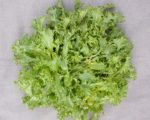
Endive – Green Curled Ruffec
$2.49 View ProductAdd to cart(Cichorium endivia) 90 days. Green Curled Ruffec Open Pollinated Endive readily blanches to a creamy white in the center. Green Curled Ruffec is a popular home garden variety.
200 Seeds per pack
-
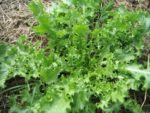
Endive – Salad King
$2.49 View ProductAdd to cart(Cichorium endivia) 50 – 100 days. Salad King Heirloom Open Pollinated Endive can be harvested as a baby leaf. As it matures it produces large dark green finely cut leaves that are vigorous and non bolting. Resists tip burn and frost.
200 Seeds per pack
-
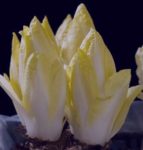
Endive – Witloof
$2.59 View ProductAdd to cart(Cichorium endivia) 55 – 150 days. Cut Witloof Endive early for tender baby leafs or let it grow in your garden for a full season Endive. Witloof plants grow 15 to 18″ tall with a mild acidic flavor. Roots can be dried and toasted for a coffee substitute.
200 Seeds per pack
Showing all 4 results
